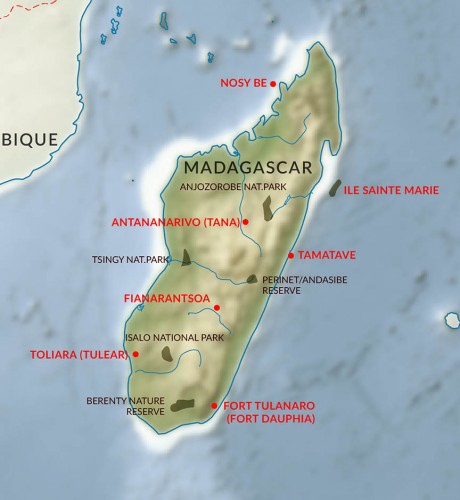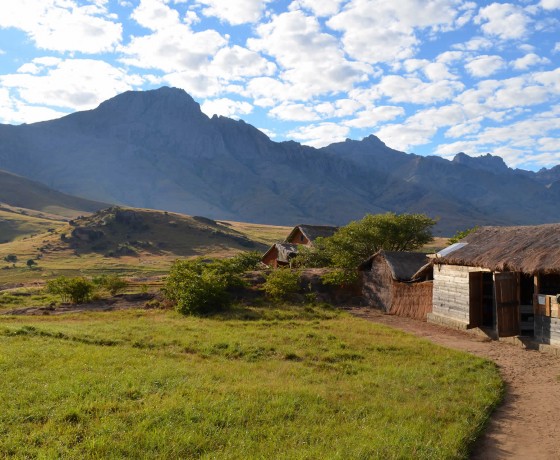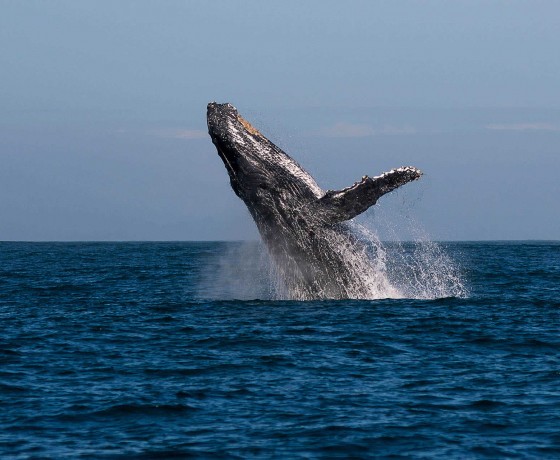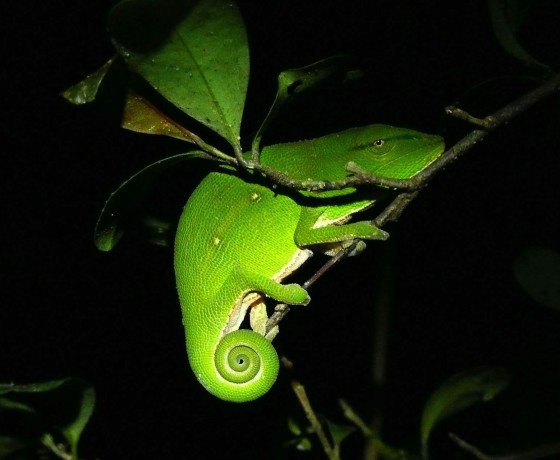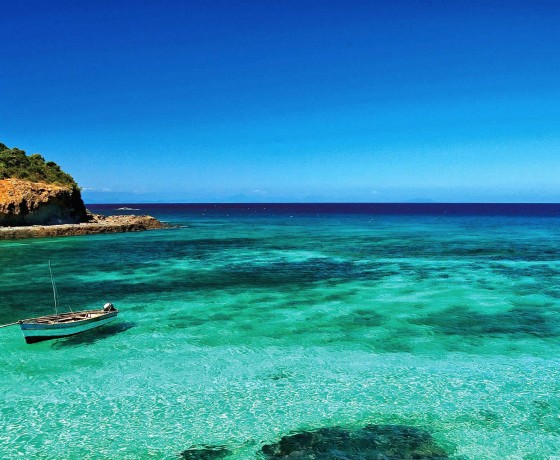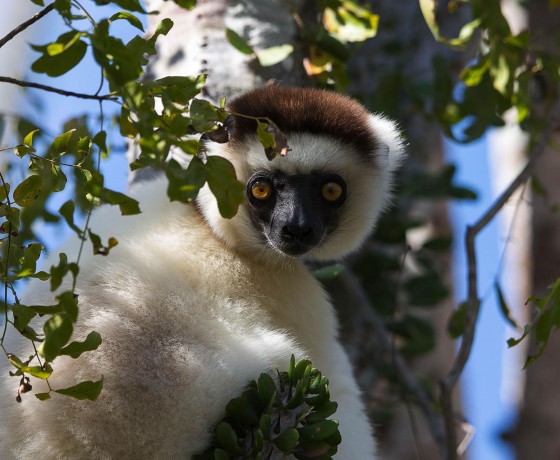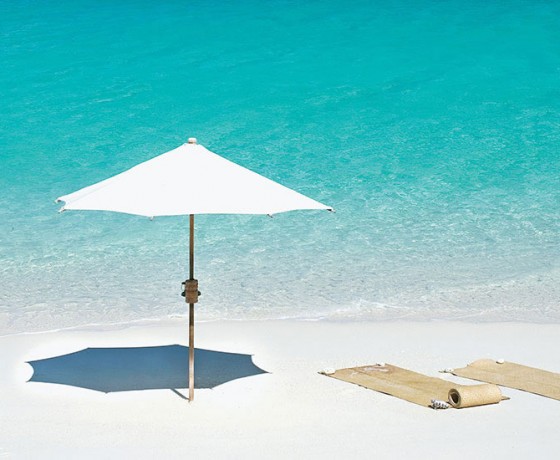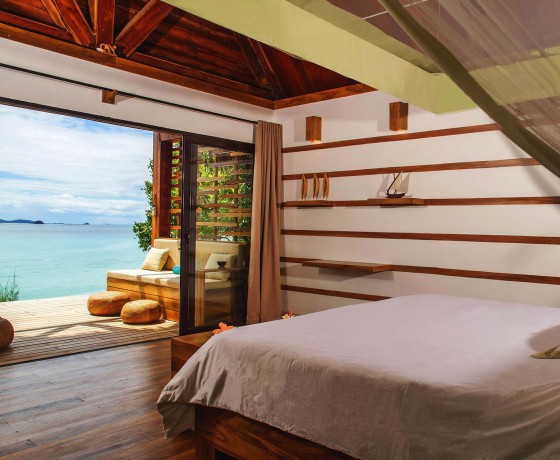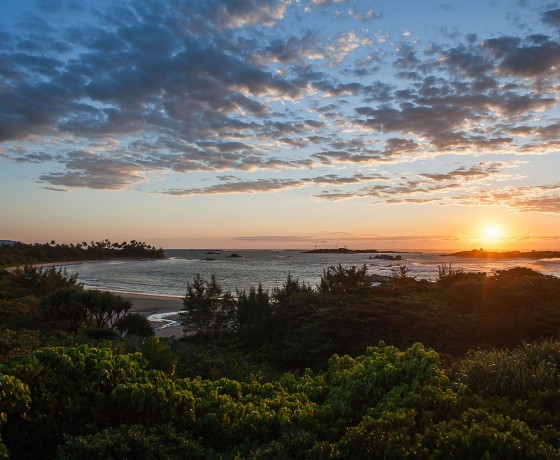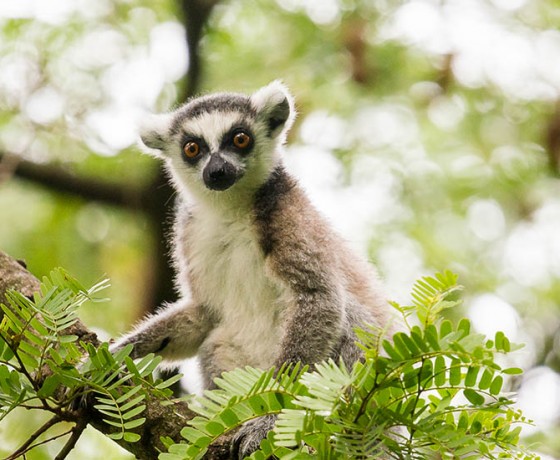Madagascar
Madagascar is famous for its enchanting lemurs, but it is also home to a huge number of animal and plant species, many of which are indigenous to this early breakaway from the world’s single landmass, Gondwanaland.
The natural history in Madagascar is rich beyond belief and the landscapes vary greatly, including arid, semi-desert regions, beaches fringed by rainforests and paddy fields clinging to sheer mountainsides.
Madagascar has been treated over the years by its colonial rulers, France, as a private garden: the 20th century has been kept at bay and the unspoilt people are delighted to meet visitors on holiday. Conservation has come only recently to the island, and although its unique diversity of flora, lemurs, chameleons and breathtaking scenery are under pressure, it still retains pockets of great natural beauty. Once these have been explored visitors can move on to countless beaches, unspoiled islands and more than 1,000 kilometres of coral reef.
